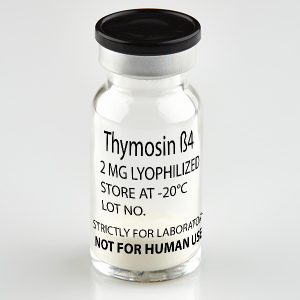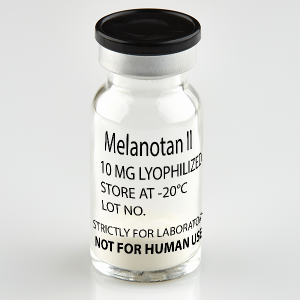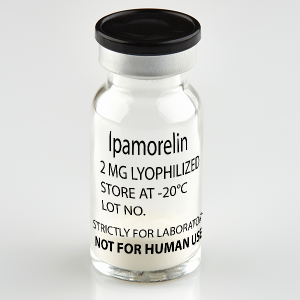CJC-1295 Modified GRF 1-29 Research
Modified GRF has the same effects as GHRH. These effects include muscle growth (hypertrophy), accelerated wound healing, improved bone growth, enhanced fat burning, and accelerated metabolism. Modified GRF also has positive effects on the immune system and blood sugar regulation.
1. Mod GRF and the Intestine
Early research suggested that GH had positive effects on Crohn’s disease, short bowel syndrome, and other inflammatory bowel conditions. Unfortunately, the benefits of GH in this setting are far outweighed by the side effects of long-term exogenous administration. This prompted researchers to look at whether GHRH analogues might have similar effects without the same serious side effects. Research in monkeys indicates that mod GRF interacts with vasoactive intestinal peptide (VIP) receptors and actually improves bowel motility. The peptide appears to interact with VIPC1, which is found on the smooth muscle of the gastrointestinal, reproductive, and urinary systems[1], [2]. Improved bowel motility is of substantial importance in inflammatory bowel diseases associated with constipation. These conditions lead to a great deal of morbidity and are currently difficult to treat due to lack of drug options.
2. Mod GRF and Heart Function
Research in rodent models suggests that modified GRF and other GHRH derivatives may improve ethe ability of the heart to pump blood following heart attack[3]. This could be of profound use in improving quality of life and reducing death over the long-term in individuals diagnosed with heart failure. The range of disease this finding could be applied to include pulmonary hypertension, heart failure, heart attack, and any number of congenital heart conditions.
3. The Interaction Between Thyroid Hormone and Growth Hormone
Problems with the thyroid gland are often associated with concomitant problems in GH release. To probe this interaction, scientists stimulated individuals suffering from hypothyroidism with modified GRF. They found that individuals given thyroid replacement hormone had stronger reactions to GRF, proving a link between thyroid hormone and GH [4]. This is just one of a number of ways that peptides like modified GRF can help scientists to better understand human physiology.
Modified GRF (1-29) Resources
- [1] T. Ito et al., “GI side-effects of a possible therapeutic GRF analogue in monkeys are likely due to VIP receptor agonist activity,” Peptides, vol. 22, no. 7, pp. 1139–1151, Jul. 2001. [PubMed]
- [2] M. Waelbroeck, P. Robberecht, D. H. Coy, J.-C. Camus, P. D. Neef, and J. Christophe, “Interaction of Growth Hormone-Releasing Factor (GRF) and 14 GRF Analogs with Vasoactive Intestinal Peptide (VIP) Receptors of Rat Pancreas. Discovery of (N-Ac-Tyr1,D-Phe2)-GRF(l-29)-NH2 as a VIP Antagonist,” Endocrinology, vol. 116, no. 6, pp. 2643–2649, Jun. 1985. [PubMed]
- [3] A. V. Schally, X. Zhang, R. Cai, J. M. Hare, R. Granata, and M. Bartoli, “Actions and potential therapeutic applications of growth hormone-releasing hormone agonists,” Endocrinology. [PubMed]
- [4] R. Valcavi et al., “Growth Hormone Responses to Grf 1–29 in Patients with Primary Hypothyroidism Before and During Replacement Therapy with Thyroxine,” Clin. Endocrinol. (Oxf.), vol. 24, no. 6, pp. 693–698, 1986. [PubMed]





